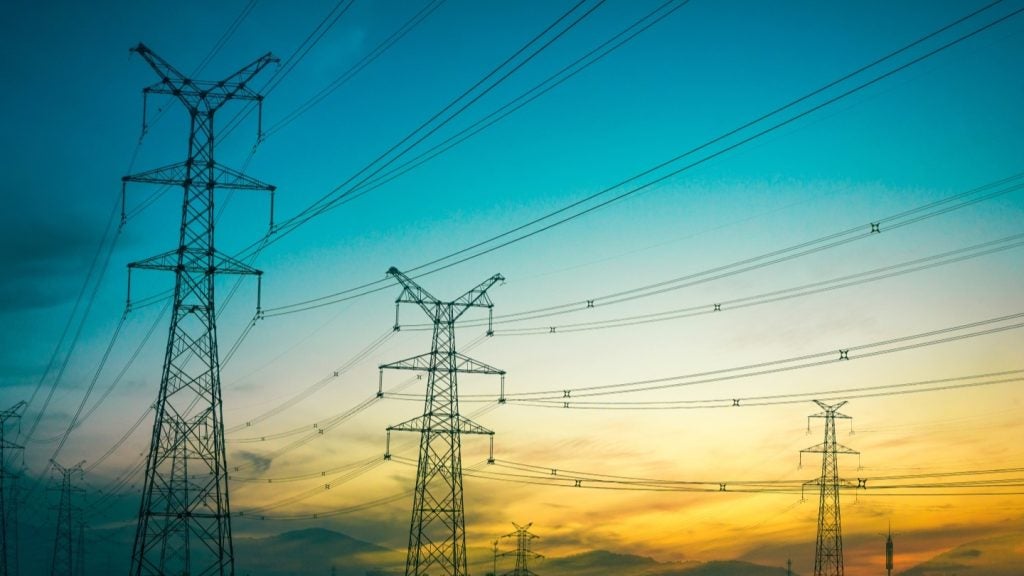E.ON has filed a patent for a method of networked monitoring for objects. The method involves acquiring different acquisition parameters specific to an object’s parameter, outputting monitoring information to a network, and transmitting it to a processing system for evaluation. GlobalData’s report on E.ON gives a 360-degree view of the company including its patenting strategy. Buy the report here.
According to GlobalData’s company profile on E.ON, Dynamic grid loading was a key innovation area identified from patents. E.ON's grant share as of September 2023 was 32%. Grant share is based on the ratio of number of grants to total number of patents.
Method for networked monitoring of objects based on acquisition parameters
See Also:
A recently filed patent (Publication Number: US20230300498A1) describes a method for networked monitoring of objects. The method involves acquiring different acquisition parameters specific to object parameters, outputting monitoring information about these parameters to a network, and transmitting them to a processing system for evaluation of the object parameter based on the monitoring information.
The patent claims that the monitoring component can carry out a frequency evaluation of the acquisition parameters using a Fourier transform, specifically a Fast Fourier transform. This allows the acquired acquisition parameter to be decomposed into its frequency components, enabling the evaluation of the object parameter based on these components.
The monitoring component is structurally separate from both the object being monitored and the processing system. The acquisition parameters can include various factors such as electromagnetic fields, temperature, gas, pressure, light, humidity, heat, vibration, pyroelectric infrared-direction detection, electromagnetic interference, and sound.
The object parameters that can be evaluated include physical events at the object, electrical parameters, the state of the object, changes in magnetic or electric fields, noise development, and vibration state.
The monitoring information is received by the processing system, which performs processing on the received information using an evaluation element. This evaluation element can include at least one neural network for carrying out processing based on machine learning.
The method allows for real-time monitoring and evaluation of object parameters. It can be applied to multiple objects at a common location, with the assignment of acquisition parameters to objects based on the monitoring information.
The network used for transmission can be implemented at least partially as the Internet.
The patent also describes a monitoring component that includes an acquisition component for acquiring acquisition parameters and an output component for transmitting monitoring information to a network for evaluation.
Overall, this patent describes a method, monitoring component, and system for networked monitoring of objects, allowing for the acquisition, transmission, and evaluation of acquisition parameters to determine object parameters.
To know more about GlobalData’s detailed insights on E.ON, buy the report here.
Premium Insights
From

The gold standard of business intelligence.
Blending expert knowledge with cutting-edge technology, GlobalData’s unrivalled proprietary data will enable you to decode what’s happening in your market. You can make better informed decisions and gain a future-proof advantage over your competitors.






